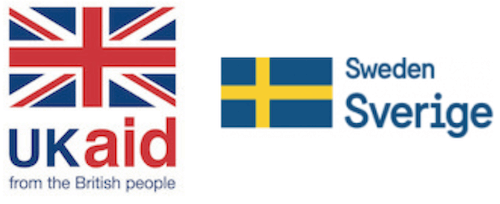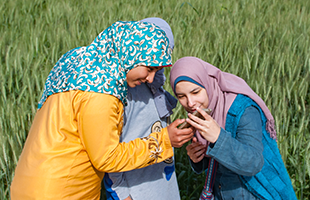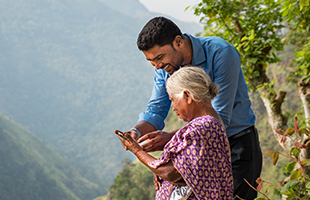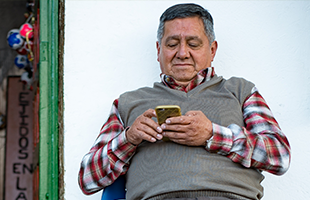Breaking Barriers
Breaking Barriers is the GSMA’s campaign to bridge the Usage Gap, fronted by Asisat Oshoala, a Nigerian professional footballer. Asisat is the six-time and reigning African Women’s Footballer of the Year.
“Growing up, I saw the effects of the Usage Gap with my own eyes. This is why I use my Foundation to help the younger generation learn how to use the internet, and why I am working with the GSMA to help close the Usage Gap.”
Oshoala will use her platform as a footballer – and the profile of the Asisat Oshoala Academy – to raise awareness of the challenges that contribute to the Usage Gap, such as handset affordability, literacy and digital skills.
What is the Usage Gap?
Three billion people - 38% of the world's population - remain unconnected to online services. Of this number, only 5% live in areas not covered by a mobile broadband network.
The vast majority live in areas covered by a mobile broadband network but face other barriers that prevent them getting online; therefore, we have the ‘Usage Gap’.
Mobile is the primary – and in some cases only – way people access the internet, particularly in low- and middle-income countries.
By not having access to the internet, the unconnected – who are more likely to be poorer, less educated, rural, women and persons with disabilities - are less able to cope with economic and social disruptions.
The Usage Gap also prevents individuals from being able to access critical digital information and services such as healthcare, education, ecommerce, financial services and income-generating opportunities.
The GSMA’s most recent State of Mobile Internet Connectivity Report explains how mobile operators and policymakers can address the growing digital divide.
Watch MWC Barcelona 2024 keynote 6: Society First
Fresh from the Main Stage at MWC Barcelona 2024, watch this lively session on breaking down barriers to unlock life-changing benefits for society. Speakers include Derrick Ashong, CEO and Founder, Take Back the Media; Chetan Dube, CEO, Amelia; and Katarina Mellstrom, Secretary General, Global Child Forum.
The barriers to usage
89% of the unconnected live in an area already covered by mobile broadband.
The Usage Gap refers to people across the globe who are unable to take advantage of access to digital services, despite being covered by mobile broadband networks. It is a global issue, but disproportionately affects the world’s lowest-income countries.
The Usage Gap is the most pressing challenge to achieve digital inclusion as it impacts three billion people. This is equivalent to the entire populations of China, India, USA and Spain combined being unable to benefit from their access to mobile broadband networks.
The barriers to usage are known but are difficult to overcome.
The barriers to usage
-
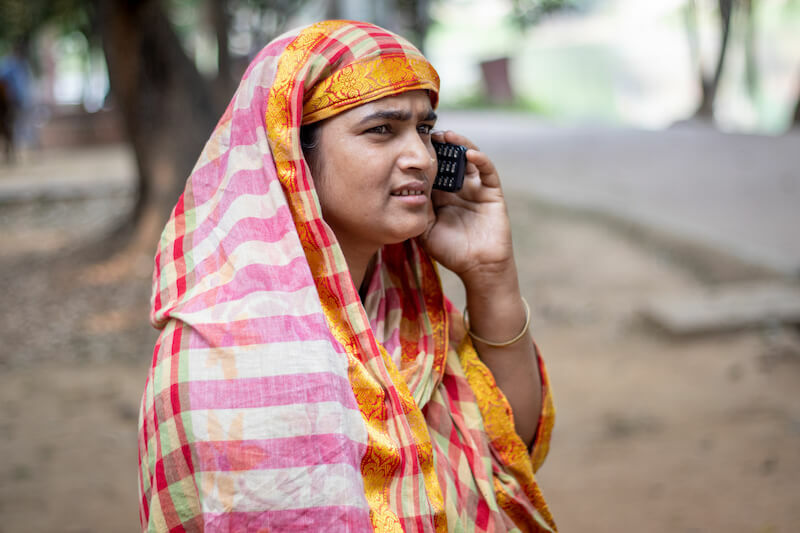
1. Lack of digital skills and literacy and a lack of awareness and understanding of mobile internet and its benefits
“The internet is for intelligent, educated people. Those of us with half knowledge won’t use it.” – A woman from urban India highlights the digital skills gap. -

2. Inability to afford devices, data plans or other service fees
“I sold [my phone] because I wanted to support my family… [at least] we could survive for about three weeks after selling that phone.” – A woman in Kenya explains how she and her family coped financially during the COVID-19 pandemic. -

3. A lack of relevant content, products and services that meet users' needs and capabilities
“If you don’t have proper English, it can be a barrier... everything is in English. It would be good if there’s something in Sinhala.” – A Sri Lankan women comments on the lack of relevant local content, which prevents her from utilising mobile connectivity. -

4. Concerns about the negative aspects and risks of mobile and the internet, such as harassment, theft, fraud and online security
“We’ve seen girls and boys get in trouble using the internet — girls can get raped or even killed.” – A man from Bangladesh warns how security fears prevent people from getting online. -
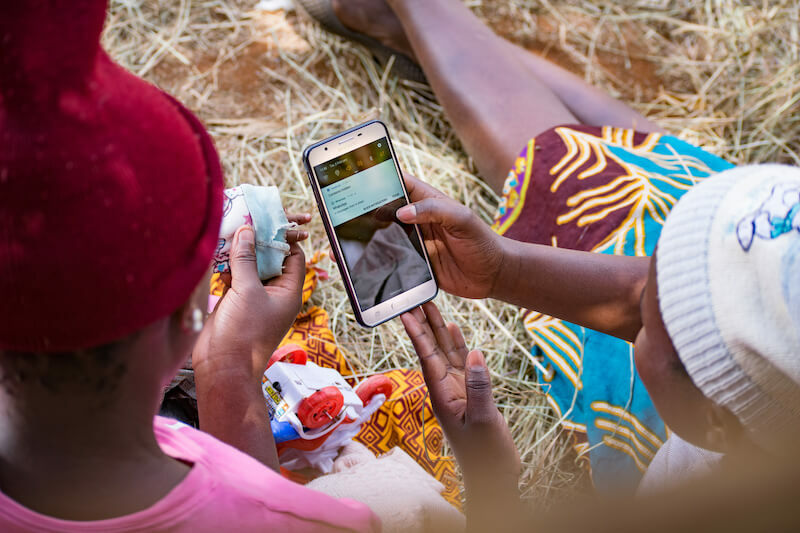
5. Lack of access to networks and enablers, or devices and services that are not accessible or easy to use.
“I previously had to walk three hours to another town to charge my phone but now that there is a mobile charging booth in my village, I’m now able to use my phone and access the internet more often.” – A Tegea village resident (250 km North West of Nairobi, Kenya) explains how a lack of access to electricity meant she was only able to use mobile internet infrequently.
The Usage Gap also disproportionately affects single-parent families. For example, of the total amount of poverty-stricken families in Canada, 42% cannot afford internet access. This has a huge impact on younger family members academically, as a study discovered that home Internet connectivity accounts for a 7% increase in graduation rates.
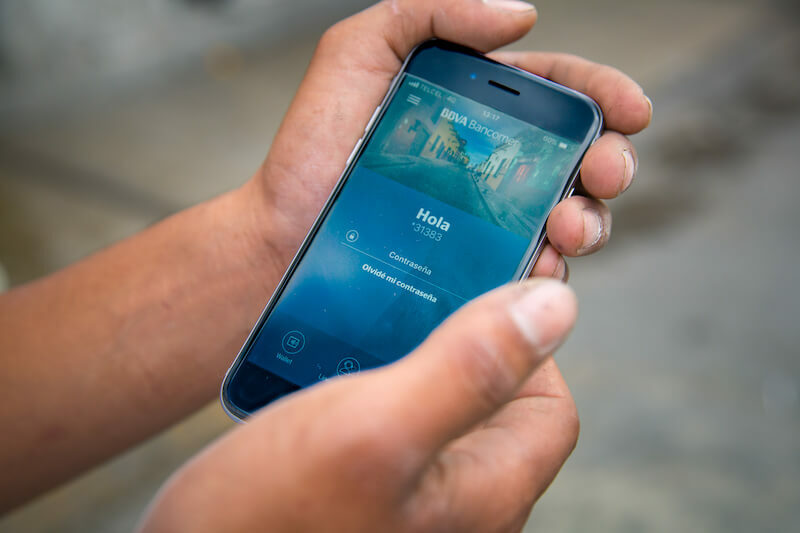
The GSMA is calling upon all stakeholders to take targeted and informed action that addresses the needs of the unconnected and the barriers they face in accessing and using the internet. Strategies must factor in the structural issues underpinning disparities in adoption and use, such as differences in income and education, and restrictive social norms.
Collaborative action by all stakeholders is needed to address the usage gap, accelerate digital inclusion and ensure we are not leaving anyone behind in an increasingly connected world.
The GSMA works with partners to address the usage gap, including through its Connected Society and Connected Women programmes.
The Connected Society Programme is currently funded by the UK Foreign, Commonwealth & Development Office (FCDO) and the Swedish International Development Cooperation Agency (SIDA) and is supported by the GSMA and its members.
